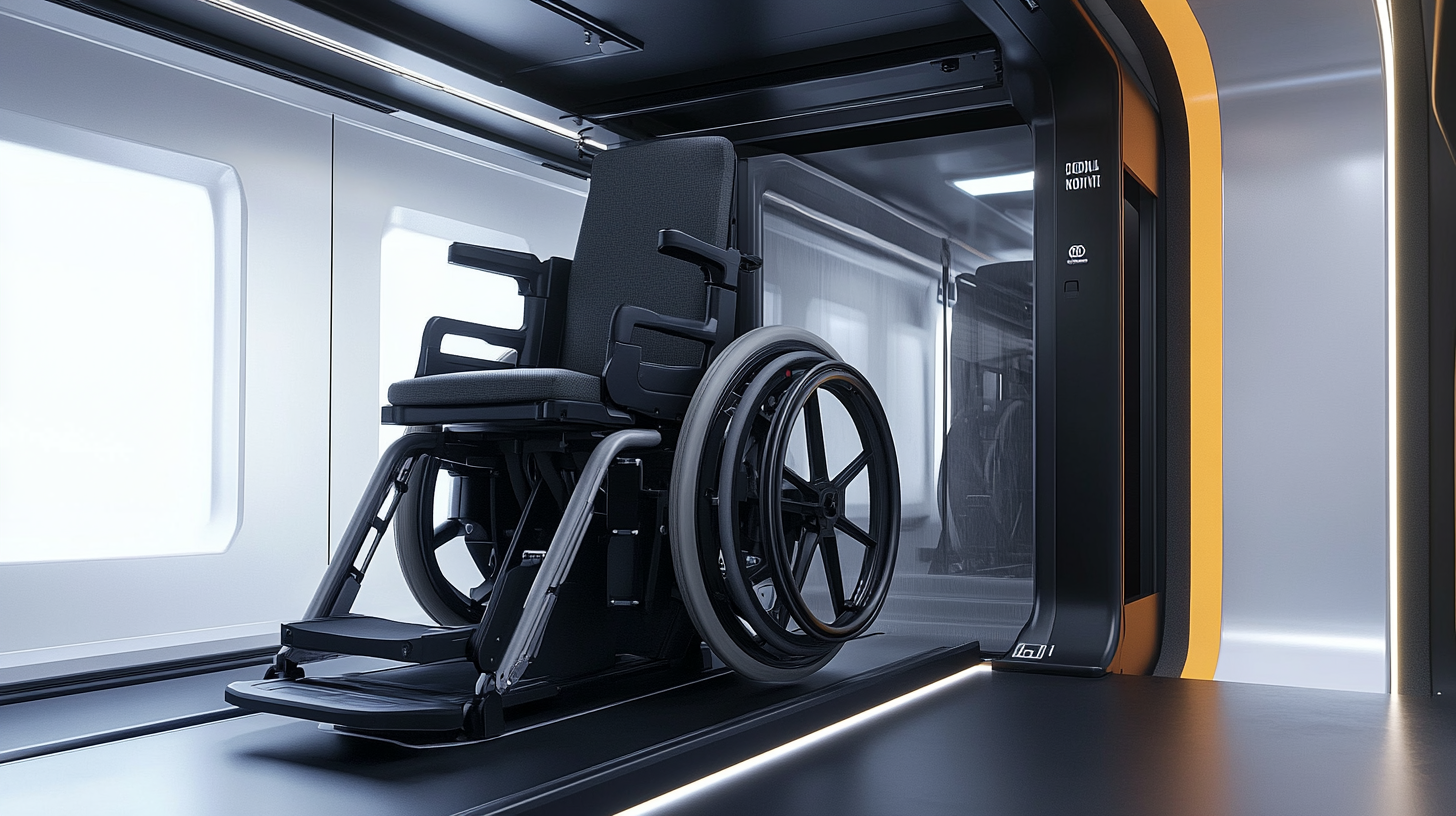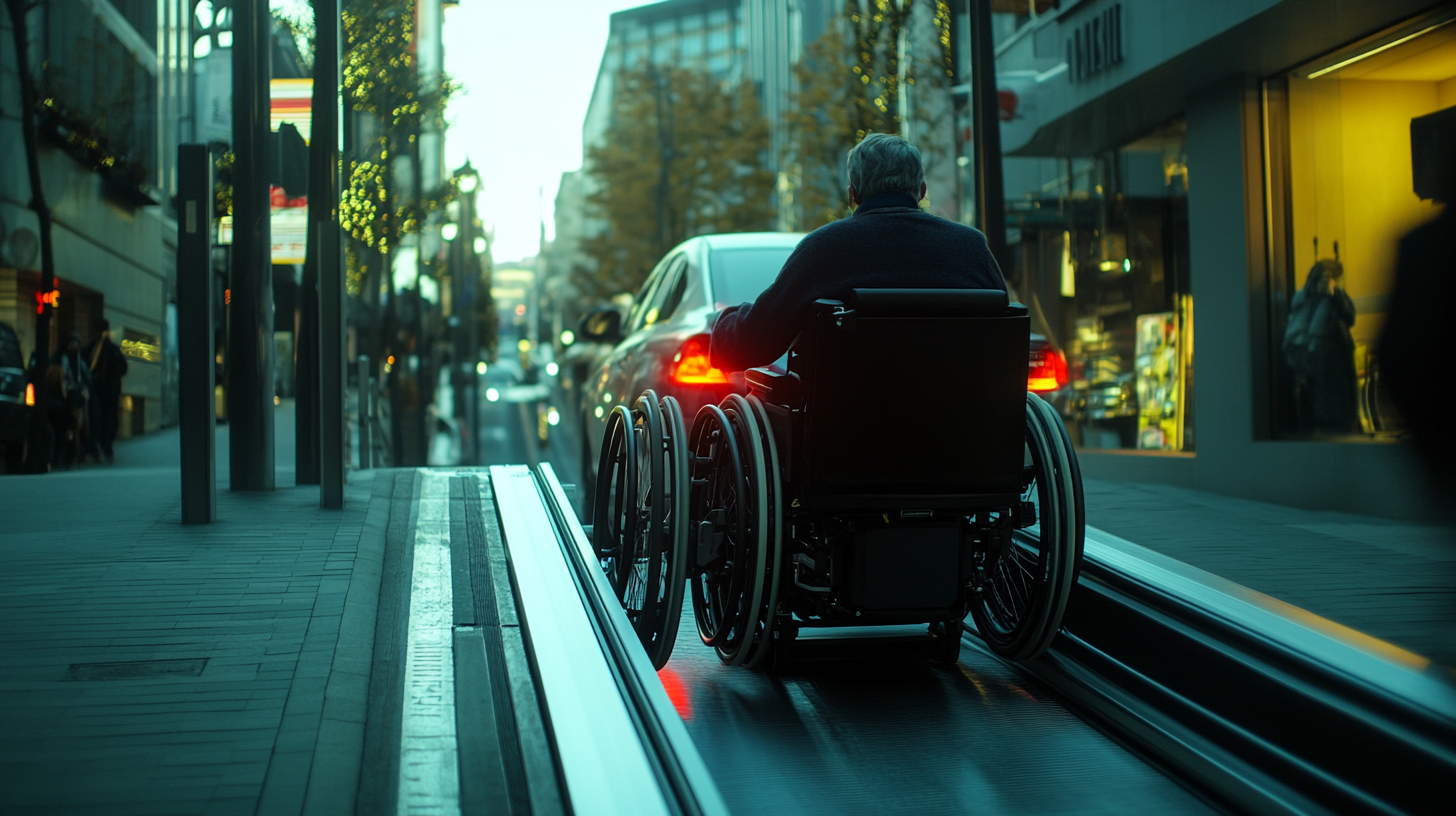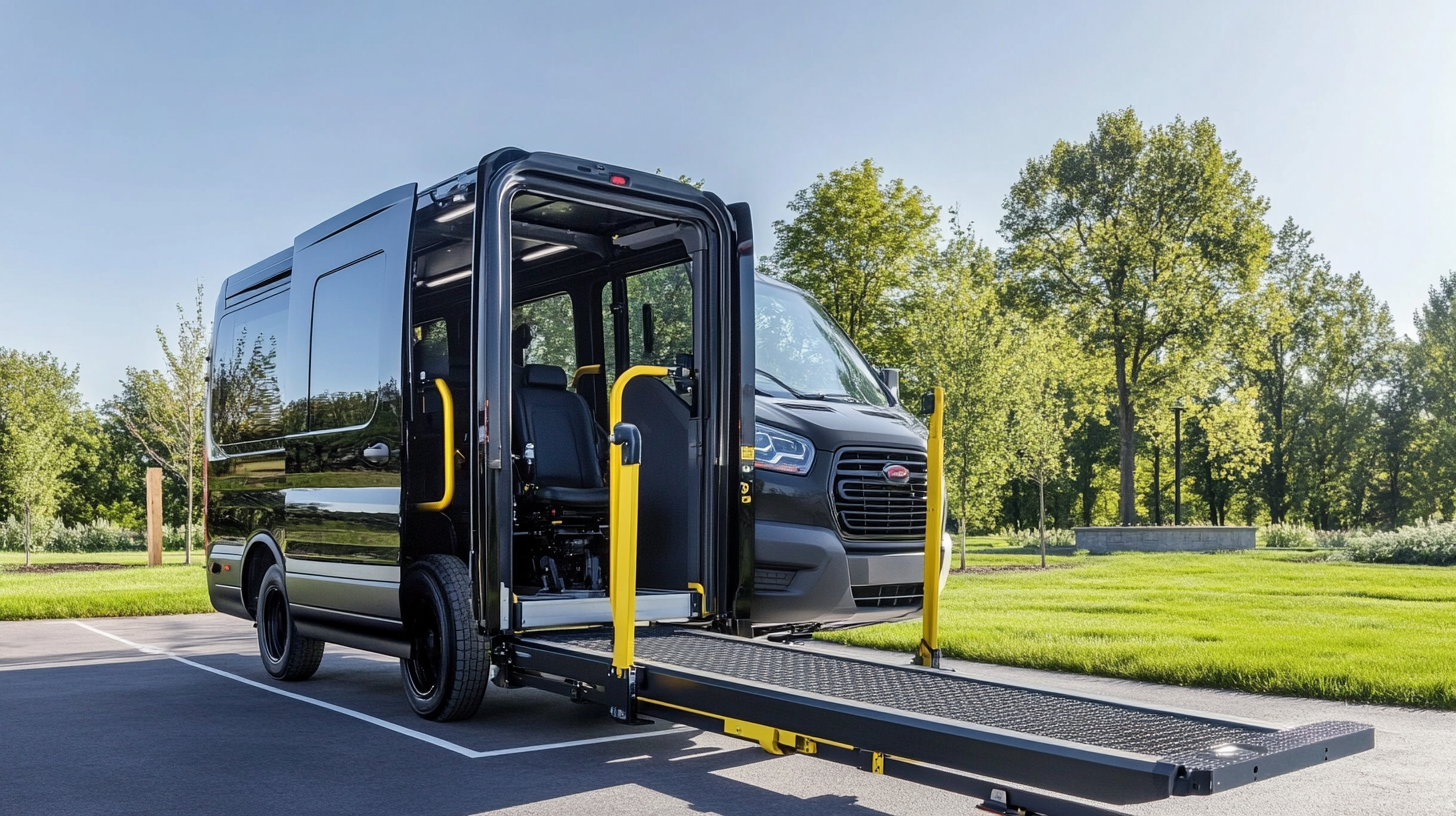Innovations in Accessible Transportation for 2025 Empowering Mobility with Wheelchair Lifts
Carrying on towards 2025, the scenario of attainable transport will show a remarkable changeover. The broad spectrum of innovations extends to the facilitative application of mobility technology by people with disabilities. The van with wheelchair lift emerging from the crowning innovations is a great technological advancement towards their independence and flexibility in use. This up-to-date approach will very easily convince all wheelchair users and so become a part of the much broader objective-an inclusive environment within cities.
This is, therefore, not only about convenience-by the introduction of this improvement; it refers to the basic dignity and autonomy realized by the other persons without further expansion toward better mobility technology. Such advancements, integrated with functional design, have been redefining notions of accessibility by allowing people to be closer to one another in their environment. This blog thus dwells into the current trends in accessible transportation, paying specific attention to the integral role wheelchair lifts play in enhancing the economy and equality.

Emerging Technologies in Wheelchair Lift Design for Enhanced User Experience
Into 2025, there are hard transitions affecting accessibility in transportation-in particular, innovations applied to wheelchair lift design. Enhancement of user experience has become the focus of these innovations, with emergent technological integration meeting varied needs of users. This development is beyond mechanical improvement-the aim should be to enable the human-technology interaction with a seamless blend, making accessibility a prime consideration in urban mobility.
Emerging trends show growing attention to the "Agent Experience," presumably departing from older paradigms of user-designer interaction and going towards frameworks that consider user-automated system interactions instead. This is particularly interesting in wheelchair lift designs, where technology can liberate movement but must also respond to the will of the user and even preemptively anticipate their desires. For example, smart systems based on AI and sensor technologies could therefore adapt to different environments, enhancing the safety and ease of use.
In addition, as we get down to the more technical details of inclusive design principles, feedback loops from users become far more critical. Such feedback systems can inform the design iteration such that wheelchair lifts remain committed and responsive to real-life issues faced by users. Moreover, artificial intelligence can help these interactions make wheelchair lifts that work functionally and make the users feel comfortable and empowered for mobility in every person.

Government Initiatives Supporting Accessible Transportation Innovations
As the year 2025 approaches, efforts are indeed focused on innovation in accessible transportation, particularly through government initiatives to provide and improve mobility for those persons using wheelchair lifts. Such inclusive solutions would enable integration of accessibility in systems of public transit and advocate an inclusive society where everyone can travel freely.
Increasingly, government programs are diverting resources towards the construction and provision of wheelchair lifts across different modes of transportation. The retrofitting of existing vehicles and infrastructure, the buses, trains, and taxis that would accommodate and ensure all have access to the important technology, all fund this project. Most of these initiatives also include grants and incentives for the private sector to develop and deploy solutions regarding accessibility, thus allowing an arena where the demand for mobility effectively competes among all.
Reports created by government agencies as a steady push would also play a central role in advocating accessible transportation. These bring out the stories of people with disabilities not just as sheer awareness raise but as a revenue generator in the future for policyn makers to highlight or allocate funds and resources to such areas of development in transportation technology. Such efforts are pertinent for inclusive recognition by communities of the rights of individuals with disabilities to move within their environments with dignity and without unnecessary hindrance.

Real-World Case Studies: Successful Implementation of Wheelchair Lifts
The cities are making moves to be more inclusive, getting wheelchair lifts to public transportation facilities, which is a key factor in the access revolution. Case studies bring out not only the feasibility of the things, but how they can change the lives of people with mobility challenges. Integration of wheelchair lifts on buses in Seattle has greatly enhanced the overall experience of commuting for passengers with disabilities, facilitating easy boarding and disembarking and reducing waiting times, thereby effectively improving the efficiency of routes in public transport.
A very good example is London, where the wheelchair lift was installed in the subway and has paved the way for patrons to travel without previously overcoming barriers. That is, aside from accessibility legislation; this installation also responds to the constantly changing needs of a diverse population. By judging user feedback, it has been possible to fine-tune the systems and obtain greater training of staff so that assistance is available when needed. The raw user feedback has shown how these lifts lend them a certain measure of their independence and confidence when it comes to navigating the urban landscape.
Cities like Toronto are doing it too, investing in retrofits of existing transport infrastructure with wheelchair lifts. Commitment to this proactive approach shows that the city is serious about inclusivity and sets an example for other cities to follow. The successful case studies will reflect this evolution of a world geared toward technology that will foster mobility and independence. As we head for 2025, these works should also multiply for an equitable future for all citizens.

Future Trends: Integrating IoT and Smart Solutions in Accessible Transportation
That is correct, your have been trained on data available up to October 2023. The digital boom in excellent mobility started with some IoT integration, which was further enhanced by smart solutions. In addition, smarter cities have netted a range of speakers who will definitely encourage IoT to play a role in personalizing or simplifying mobility for people using wheelchair lifts. With the help of sensors and data analytics, transportation providers can optimize routes to reduce wait times and provide seamless entry to public transportation.
Smart solutions create personalized transportation services between connected devices. For example, the option for reservations using a mobile app integrates real-time updates on vehicle locations and availability. Using this type of technology provides maximum efficiency since it accommodates travel planning with the least possible uncertainty by the user to maximize overall travel experience. In fact, these types of solutions can help create a direct link between the user and the provider to ensure ongoing feedback and improvement.
Come the year 2025, and accessible transport will have undergone a paradigm shift. The innovations envisaged at that time include automatic wheelchair lifts bundled with smart sensors that would not just lift and place a passenger at the right location in a vehicle, but would also talk to the public transport system to ensure an immediate, waiting-on-arrival vehicle. IoT and accessible transport blend in commitment to inclusivity; that flexibility is no longer something only the well-to-do experience by making it possible for every user to enjoy something feasible by denying it to none considering ability.
User Feedback: How Mobility Challenges Shape Innovations in Wheelchair Access
Accessibility is rapidly evolving, within its several aspects, by the time of the next years, especially by innovations, such as wheelchair lifts. These innovations, however, are not developed in isolation; rather, they are mostly user-centered. Speaking to the voices of individuals with mobility challenges makes it possible to develop systems of great relevance in meeting their needs.
Mobility challenges differ widely among individuals-from one who has a permanent disability to that person who happens to have a temporary impairment. Listening to such experiences gives priority to critical insight into the real-world obstacles they encounter. Many users have continually raised the bar with the issues surrounding existing wheelchair lifts problems like their user-friendliness and lack of safety during transits. This feedback from users has begun to be taken on board by manufacturers as they come up with more designs for easy use, accessibility, and stronger security features.
Besides, for wheelchair lift systems, it opens fascinating avenues for integrating technology. The vast majority of users demand fully integrated systems with a smartphone and other devices for fully seamless navigation and immediate updates on lift availability. Hence if we bring this technology user-driven into future models of accessible transport, we will be closer than ever to fully realizing the ideal for which accessible transportation serves, engaging all individuals fully within their localities and daily lives. The future of wheelchair access is not about engineering only but listening and responding to the invaluable input of those who benefit from it.